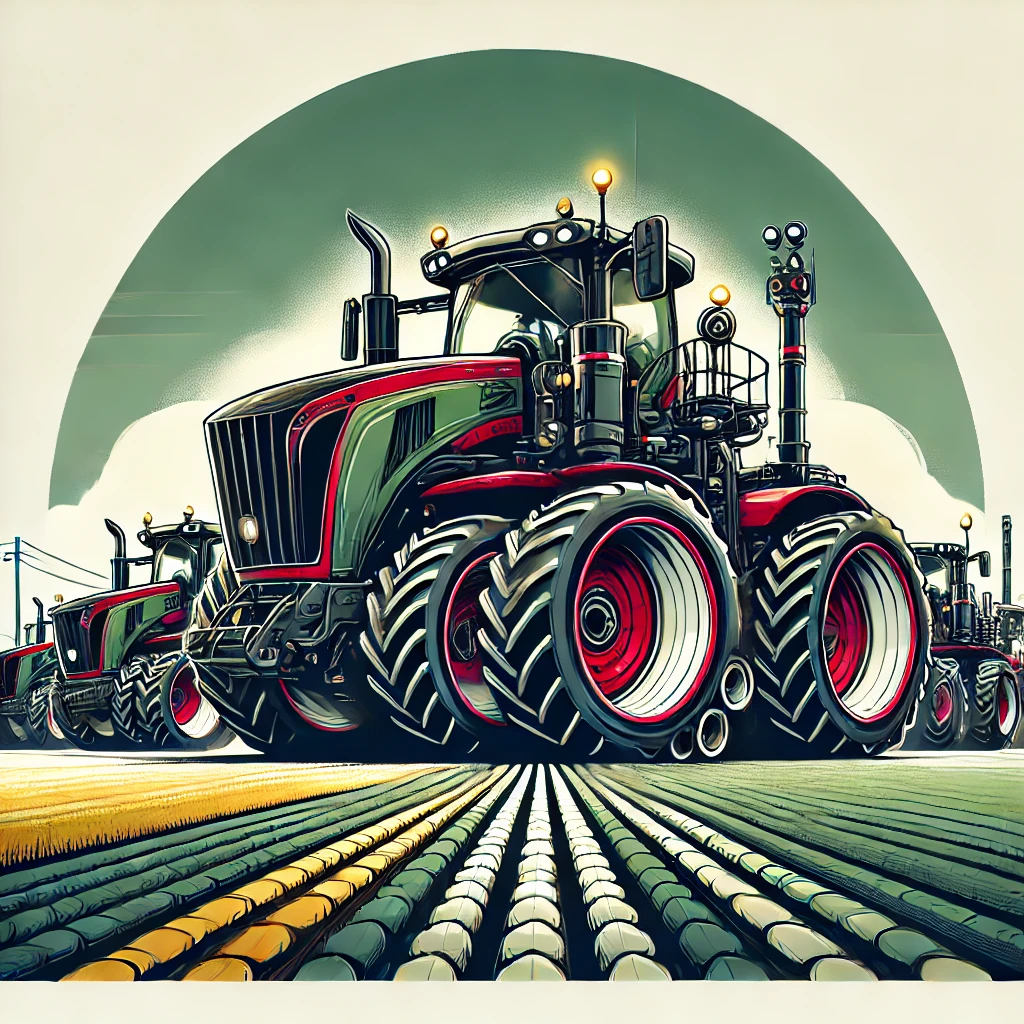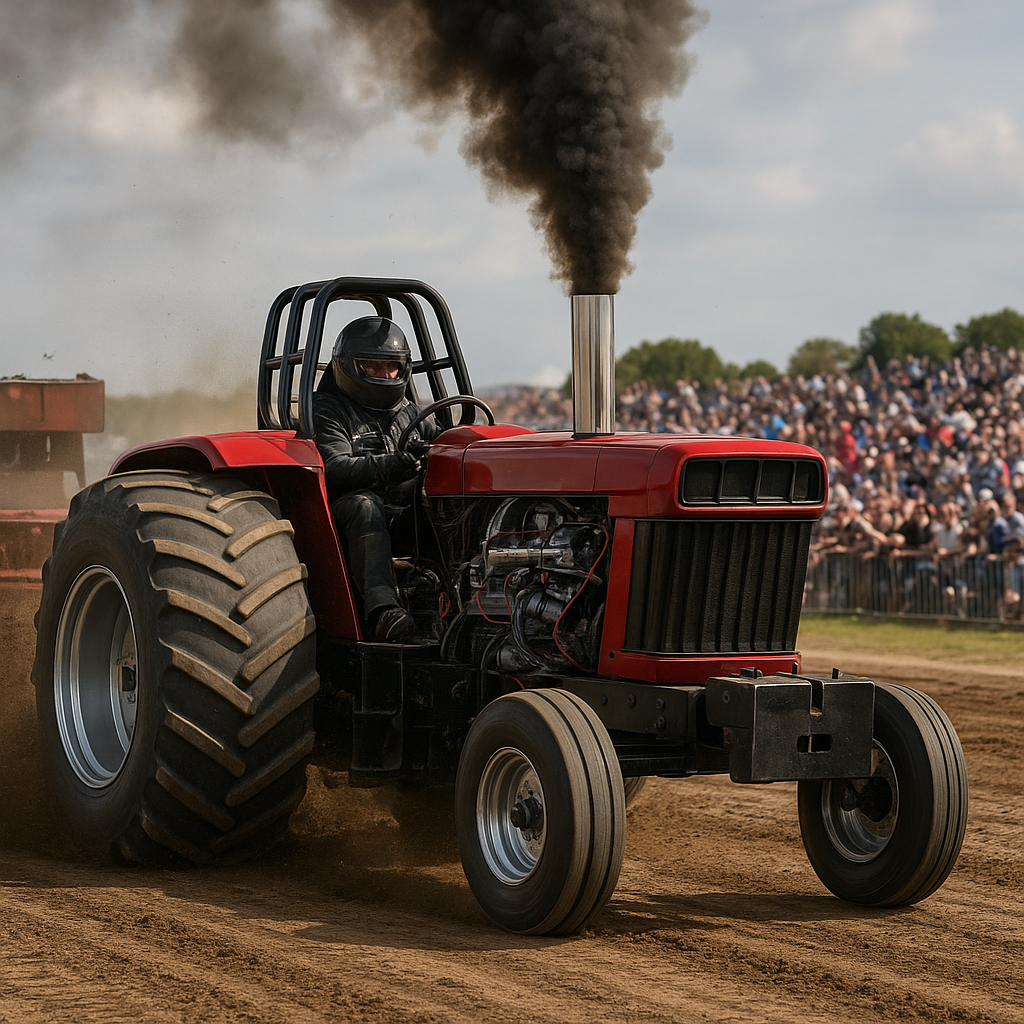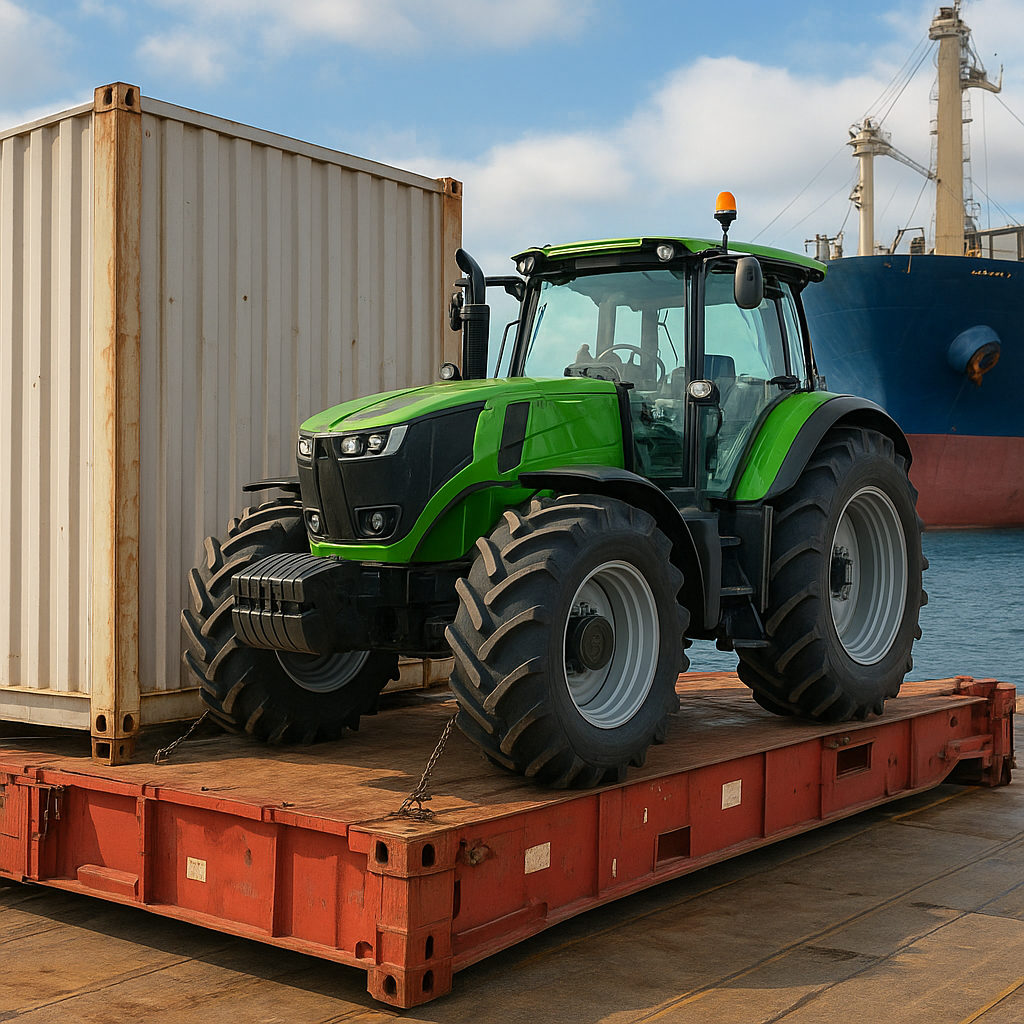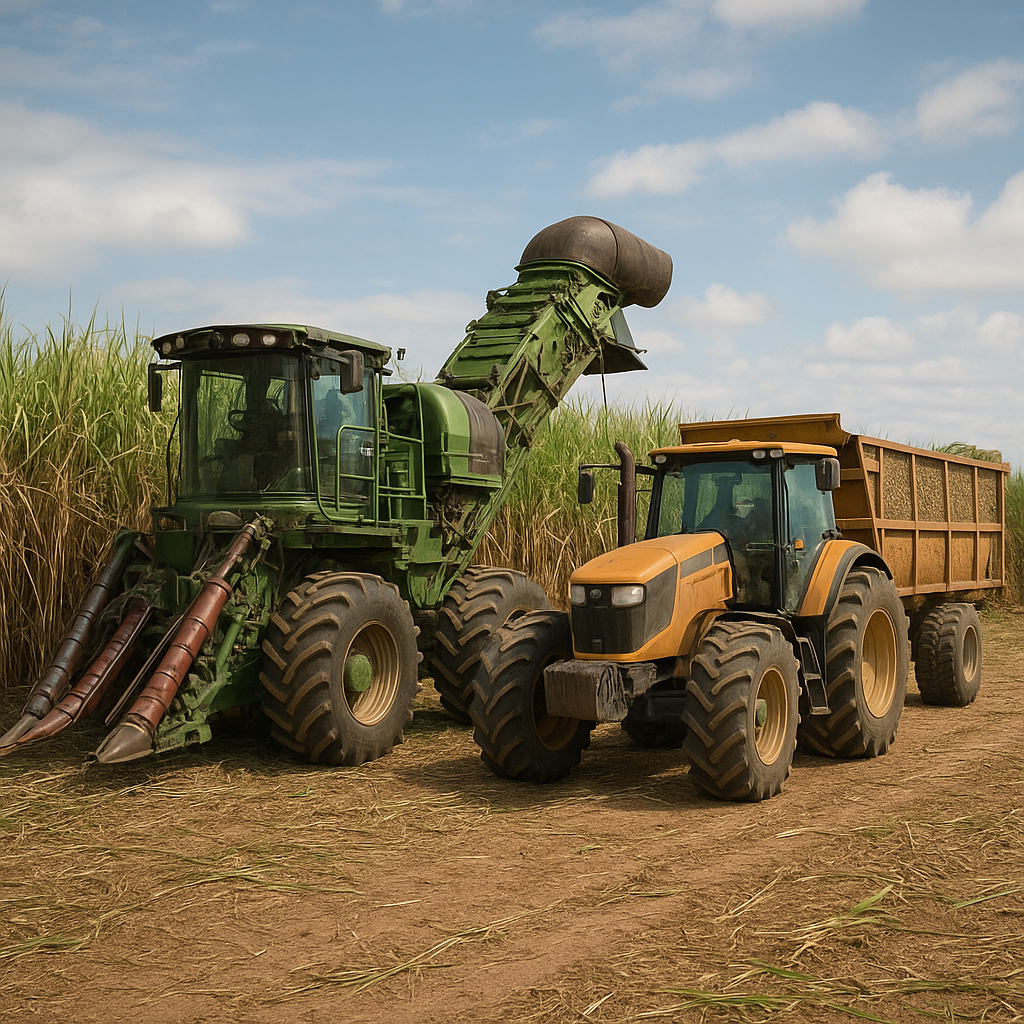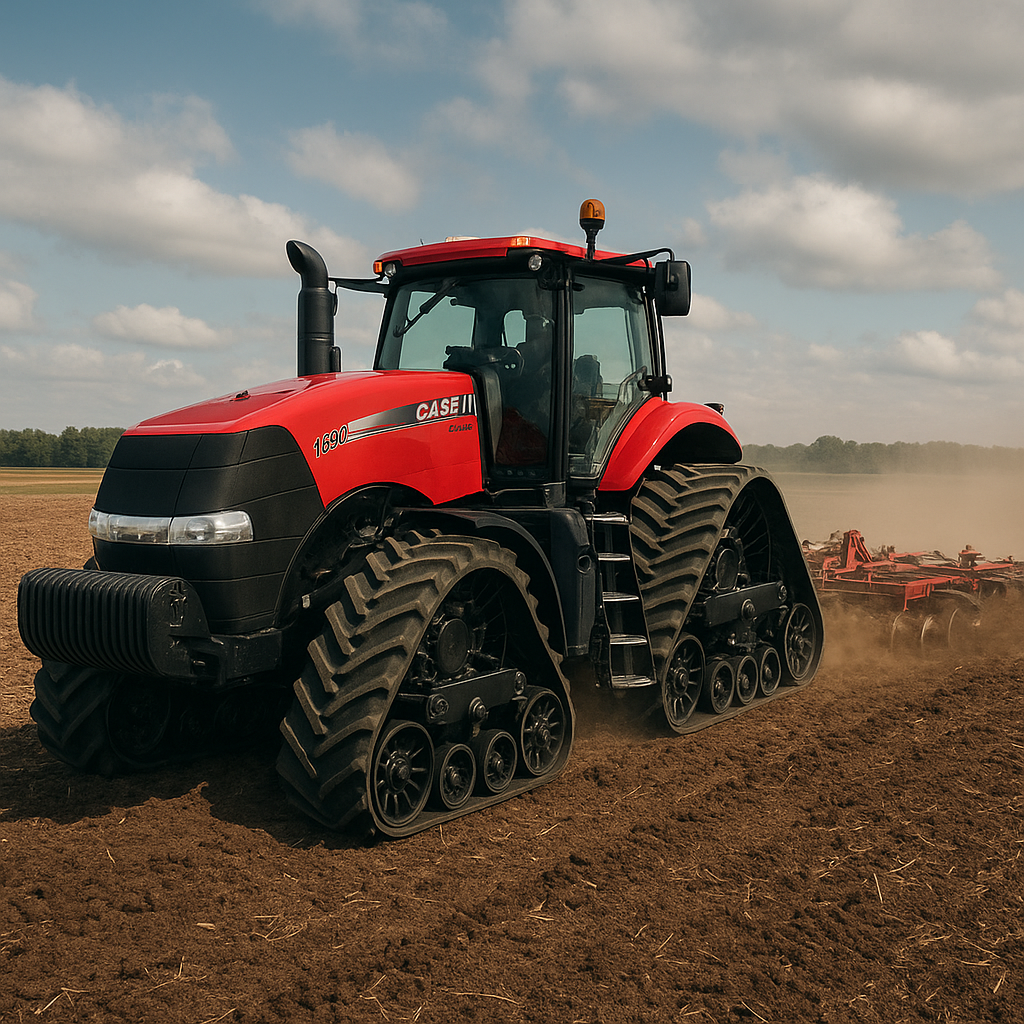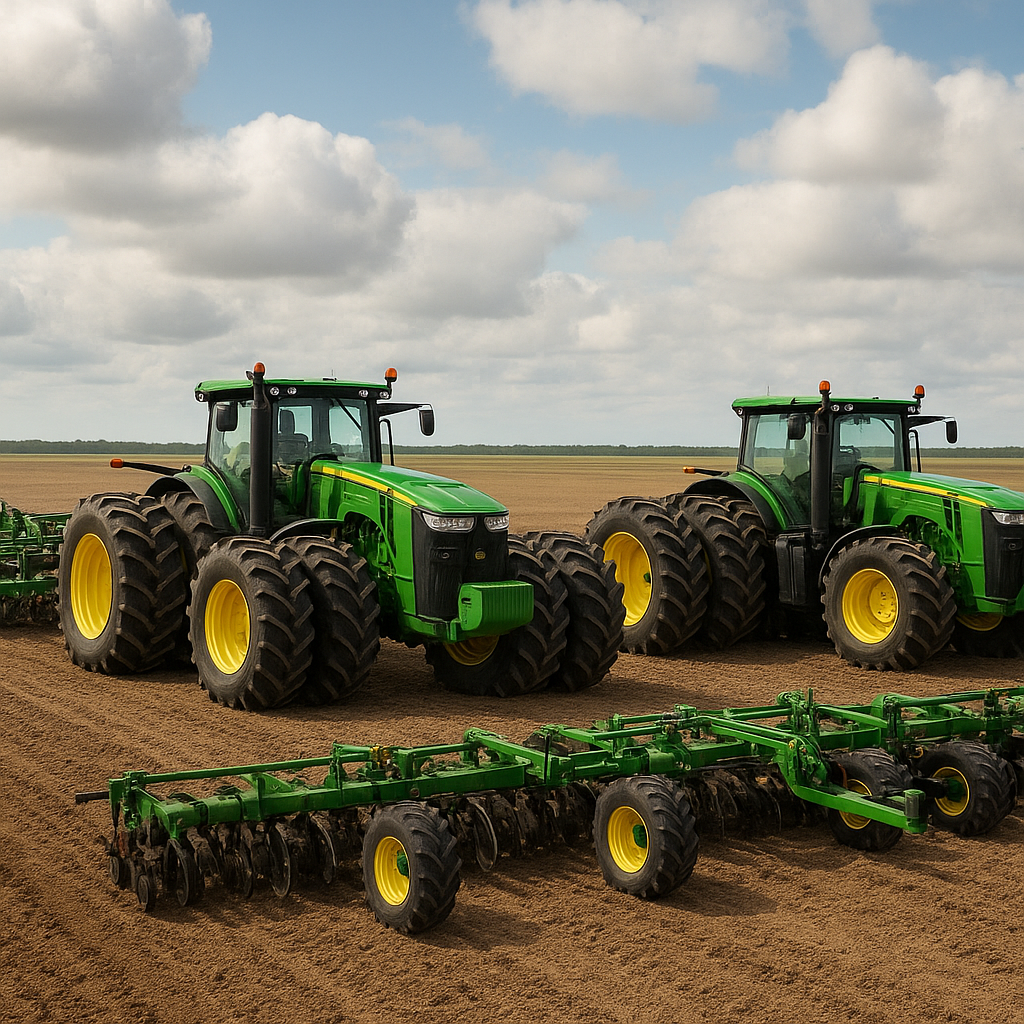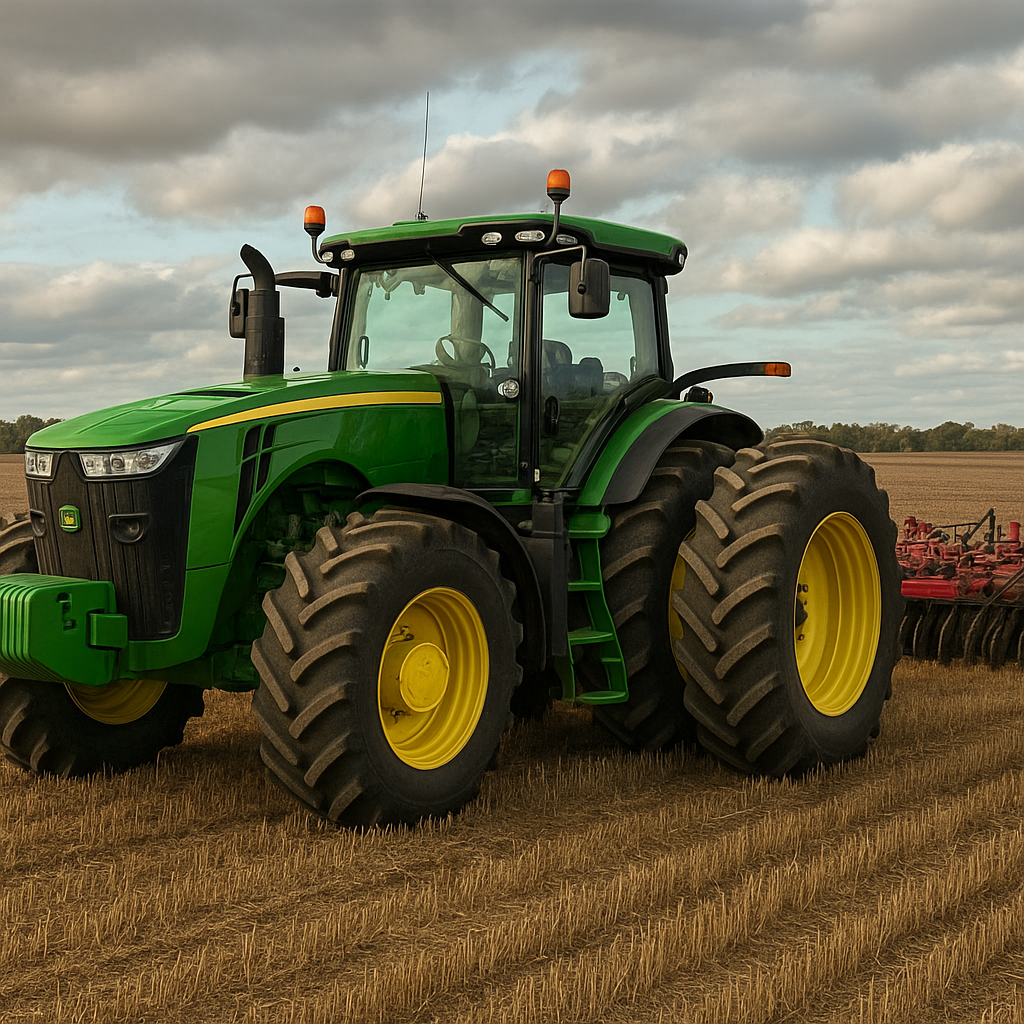When it comes to high-end tractors, two names often dominate the conversation: Fendt and John Deere. Both brands have a long history of innovation and reliability, making them favorites among farmers and agricultural professionals worldwide. This article aims to compare these two giants in the tractor industry, focusing on their flagship models, technological advancements, and overall performance.
History and Brand Legacy
Fendt and John Deere have rich histories that have significantly influenced the agricultural machinery industry. Understanding their backgrounds can provide valuable context for comparing their modern offerings.
Fendt: A Legacy of Innovation
Fendt, a German company, was founded in 1930 by Xaver Fendt. The brand quickly gained a reputation for its innovative designs and high-quality engineering. One of Fendt’s most notable contributions to the tractor industry is the introduction of the Vario transmission system, which offers seamless speed adjustment without the need for manual gear changes. This innovation has set Fendt apart as a leader in tractor technology.
John Deere: An American Icon
John Deere, an American company, was established in 1837 by blacksmith John Deere. The brand is synonymous with durability and reliability, often symbolized by its iconic green and yellow color scheme. John Deere has consistently been at the forefront of agricultural machinery, introducing numerous advancements such as the PowerShift transmission and the AutoTrac guidance system. The company’s commitment to quality and innovation has made it a household name in farming communities around the world.
Flagship Models: Fendt 1050 Vario vs. John Deere 9RX
To provide a fair comparison, we will focus on the flagship models from both brands: the Fendt 1050 Vario and the John Deere 9RX. These models represent the pinnacle of each brand’s engineering and technological capabilities.
Fendt 1050 Vario
The Fendt 1050 Vario is a powerhouse designed for large-scale farming operations. It boasts a 12.4-liter MAN engine that delivers up to 517 horsepower. The Vario transmission system ensures smooth and efficient power delivery, making it ideal for a variety of tasks, from plowing to hauling heavy loads.
- Engine: 12.4-liter MAN, 517 HP
- Transmission: Vario (CVT)
- Hydraulics: Up to 430 liters per minute
- Weight: 14,000 kg
One of the standout features of the Fendt 1050 Vario is its advanced operator cab, which offers unparalleled comfort and visibility. The cab is equipped with a state-of-the-art control system that allows for easy monitoring and adjustment of various tractor functions. Additionally, the Fendt 1050 Vario is known for its fuel efficiency, thanks to its low engine speed concept, which reduces fuel consumption without compromising performance.
John Deere 9RX
The John Deere 9RX is a formidable competitor, designed to handle the most demanding agricultural tasks. It features a 13.5-liter John Deere PowerTech engine that produces up to 620 horsepower. The 9RX is equipped with a four-track system, providing exceptional traction and stability, especially in challenging field conditions.
- Engine: 13.5-liter John Deere PowerTech, 620 HP
- Transmission: e18 PowerShift
- Hydraulics: Up to 435 liters per minute
- Weight: 24,000 kg
The John Deere 9RX also features an advanced operator cab, designed for maximum comfort and efficiency. The cab includes the CommandCenter display, which provides intuitive control over the tractor’s functions and integrates seamlessly with John Deere’s precision agriculture technologies. The 9RX is also known for its durability and ease of maintenance, making it a reliable choice for large-scale farming operations.
Technological Advancements
Both Fendt and John Deere have made significant strides in incorporating advanced technologies into their tractors. These innovations not only improve performance but also enhance the overall farming experience.
Fendt’s Technological Edge
Fendt has always been at the forefront of tractor technology, and the 1050 Vario is no exception. One of its most notable features is the Fendt VarioDrive, a unique drive train concept that allows for independent control of the front and rear axles. This system provides better traction and maneuverability, especially in challenging field conditions.
Another key innovation is the Fendt iD low engine speed concept, which optimizes engine performance at lower RPMs. This not only reduces fuel consumption but also minimizes wear and tear on the engine, extending its lifespan. Additionally, the Fendt 1050 Vario is equipped with the FendtONE platform, a comprehensive digital solution that integrates machine and farm management systems for improved efficiency and productivity.
John Deere’s Technological Prowess
John Deere has also made significant advancements in tractor technology, particularly in the areas of precision agriculture and automation. The 9RX is equipped with the John Deere AutoTrac guidance system, which provides automated steering for increased accuracy and reduced operator fatigue. This system is compatible with various precision agriculture tools, such as the John Deere Operations Center, which allows for real-time data analysis and decision-making.
Another notable feature of the 9RX is the JDLink telematics system, which provides remote monitoring and diagnostics. This system enables farmers to track the performance and health of their tractors, ensuring timely maintenance and reducing downtime. The 9RX also includes the ActiveCommand Steering system, which enhances steering precision and reduces operator effort, making it easier to handle even the most demanding tasks.
Performance and Efficiency
When it comes to performance and efficiency, both the Fendt 1050 Vario and the John Deere 9RX excel in different areas. Understanding these differences can help farmers make an informed decision based on their specific needs and preferences.
Fendt 1050 Vario: Efficiency and Versatility
The Fendt 1050 Vario is renowned for its fuel efficiency, thanks to the Fendt iD low engine speed concept. This system allows the tractor to operate at lower RPMs, reducing fuel consumption without compromising performance. The Vario transmission also contributes to overall efficiency by providing seamless power delivery and eliminating the need for manual gear changes.
In terms of versatility, the Fendt 1050 Vario is well-suited for a wide range of tasks, from tillage to transport. Its advanced hydraulics system, with a capacity of up to 430 liters per minute, ensures efficient operation of various implements. The tractor’s lightweight design and excellent maneuverability make it ideal for both fieldwork and road transport.
John Deere 9RX: Power and Durability
The John Deere 9RX is designed for maximum power and durability, making it a top choice for large-scale farming operations. Its 13.5-liter engine delivers up to 620 horsepower, providing the muscle needed for heavy-duty tasks such as deep tillage and large-scale planting. The four-track system ensures exceptional traction and stability, even in challenging field conditions.
In terms of efficiency, the 9RX benefits from John Deere’s advanced precision agriculture technologies, which optimize field operations and reduce input costs. The e18 PowerShift transmission provides smooth and efficient power delivery, while the JDLink telematics system ensures timely maintenance and reduces downtime. The 9RX’s robust construction and ease of maintenance further enhance its durability and reliability.
Conclusion
Both the Fendt 1050 Vario and the John Deere 9RX represent the pinnacle of modern tractor engineering, offering a range of advanced features and technologies designed to improve performance and efficiency. While the Fendt 1050 Vario excels in fuel efficiency and versatility, the John Deere 9RX stands out for its power and durability. Ultimately, the choice between these two high-end tractors will depend on the specific needs and preferences of the farmer. By understanding the strengths and capabilities of each model, farmers can make an informed decision that best suits their agricultural operations.
